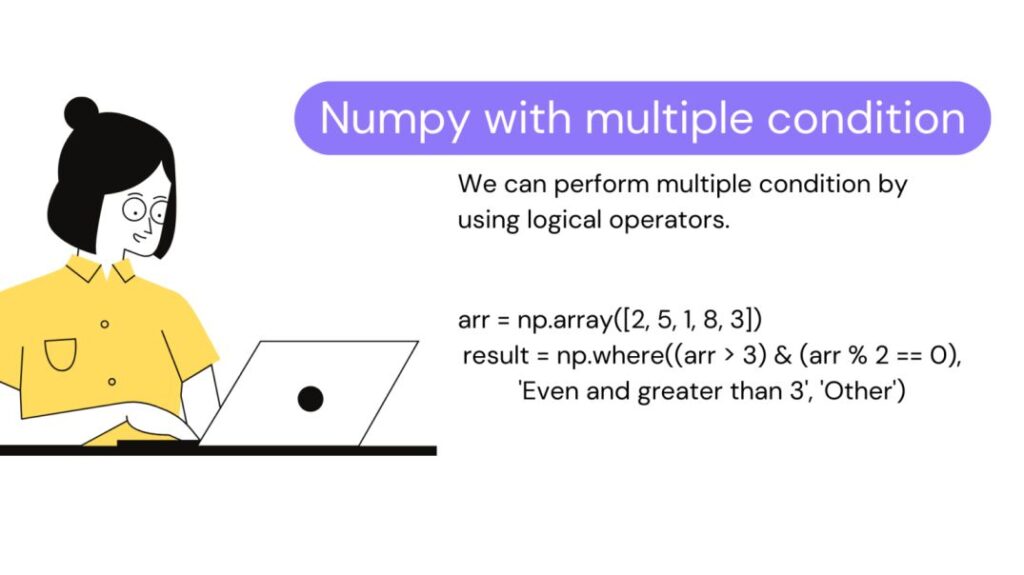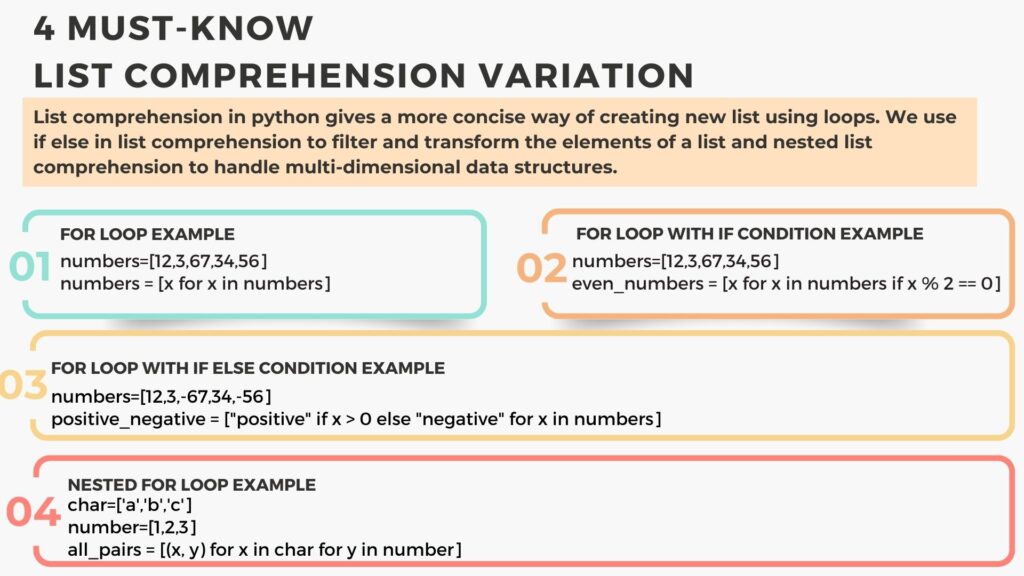Table of Contents
ToggleWhat is the Bottom Layer of a Decision Tree?
Understanding the Structure of a Decision Tree
Nodes, Branches, and Leaves: Basic Components
- Nodes are the points where the data is splitted based on feature values.
- Branches are the connection between nodes that represent decision paths.
- Leaves are terminal nodes which contain final decisions or predictions.
What is the splitting criteria of the decision tree ?
The Role of Depth in Decision Trees
The depth of the decision tree is estimated by the number of layers in it. The number of layers in the decision tree also tells about the complexity of the decision tree. If we have deeper trees there are chances that the model learns noise and overfit.
What does the bottom layer of a decision tree tell you?
Bottom layer is also known as leaf nodes. Leaf nodes store the predicted class for input data. The input data is passed through various branches and it finally comes to the terminal node or leaf node where output is predicted.
In the classifier tree the leaf node predicts a class label whereas in the regressor tree it predicts a numerical prediction representing averages of the target variable in that region.
Regression leaf nodes may return statistical metrics like mean or median of the target variable for predictions.
Leaf nodes can also provide probabilities for each class in the classifier model.
A very important information: the bottom layer of a decision tree tells us whether the model overfits the data. A larger number of leaf nodes might create a complex model which is prone to overfitting. On the other hand if we have a small number of leaf nodes then it’s a simpler model which might not capture noise in the data.
In simple terms, leaf nodes store information of the final outcomes or predictions of the decision tree. They are terminal nodes which means they don’t have child nodes.
What is the importance of the Bottom Layer in Model
How the Bottom Layer Impacts Model Performance
We can arrive at the decision of whether a model is overfitting or underfitting. If we have larger leaf nodes the model may overfit. Similarly if we have smaller leaf nodes then we might underfit.
By visualizing and understanding the structure of trees we can remove certain leaf nodes by using pruning techniques which would simplify the model.
Real-World impact of Insights from the Bottom Layer
By studying the leaf nodes of the decision tree we can identify the customer segments with characteristics and can make marketing strategies accordingly. They also provide insights for faster and accurate decision making in various domains like marketing finance, healthcare etc.
The bottom layer also helps in deciding whether we should use a predictive model for the current problem or not. It determines the performance of the model for input data. In industry, models performing with accuracy greater than 95% are considered good in the healthcare domain and in other domains greater than 70% is good.
Common Misinterpretations of the Bottom Layer
Only focusing on leaf nodes sometimes leads to misinterpretation without understanding the whole tree structures and attributes leading to leaf nodes.
When we get a small number of leaf nodes it may not indicate a good model as it can be due to overfitting.
How to Optimize Decision Trees with Leaf Nodes
Use Techniques like Pruning and Max Depth for Adjusting the Bottom Layer : Using methods like pruning and controlling max depth can help us improve effectiveness of leaf nodes.
Pruning removes unnecessary branches and leaf nodes for making the model simple. Max depth parameter in decision tree helps us to set a maximum depth which prevents overfitting.
Regularization Strategies for Leaf Nodes : Regularization is used with models to avoid overfitting. In decision trees using regularization techniques like L1 or L2 (add your link) can be used to avoid overfitting helps reduce overfitting as it penalizes complex models.
Using Ensemble Methods to Improve Leaf Node Insights : We can implement ensembling techniques like Random Forests which can enhance decision making by aggregating insights from multiple trees. We can also use gradient boosting.
Conclusion
Summary of what does the bottom layer of a decision tree tell you.
- The leaf node contains the predicted class.
- What attributes are present in the leaf node.
- It provides you the probability of output.
- Gives information about whether the model is underfitting or overfitting.
Understanding the structure of the decision tree helps you learn how the model arrived at particular output.




Pingback: Lasso vs Ridge regression in machine learning